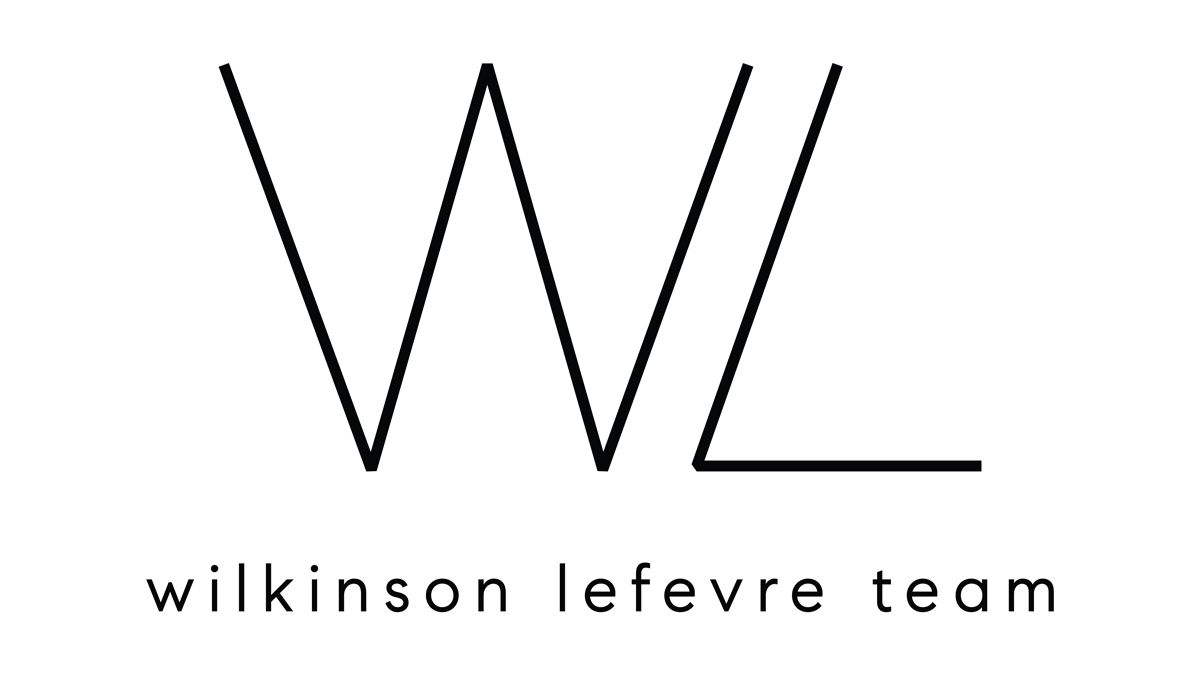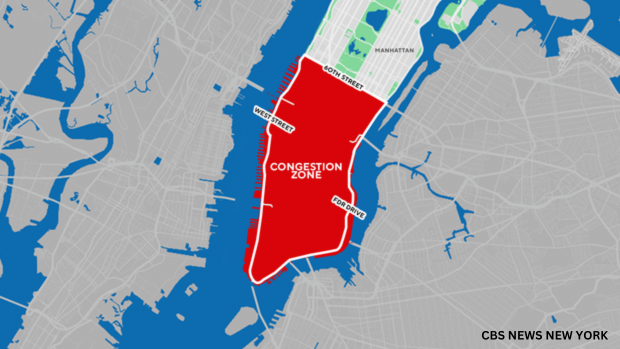New York City has officially launched its congestion pricing program, making it the first U.S. city to implement such a system. As of Sunday, January 5, drivers entering Manhattan south of 60th Street are required to pay tolls designed to reduce gridlock and fund much-needed transit improvements. Here’s what you need to know.
Toll Costs and Peak Hours
The pricing structure varies based on vehicle type, time of day, and E-ZPass usage:
- Passenger Vehicles with E-ZPass: $9 during peak hours (5 a.m. – 9 p.m. weekdays, 9 a.m. – 9 p.m. weekends), $2.25 overnight.
- Motorcycles with E-ZPass: $4.50 peak hours, discounted overnight.
- Large Trucks and Sightseeing Buses: $21.60 peak hours (down from the initially proposed $36).
- Smaller Trucks and Vans: $14.40 peak hours.
- Taxis and Rideshares: Yellow and green taxis have a $0.75 surcharge per trip; Uber/Lyft rides incur a $1.50 fee.
- Non-E-ZPass Vehicles: A 50% surcharge applies, meaning passenger cars will pay $13.50 during peak hours and $3.30 overnight.
Discounts and Exemptions
Some discounts are available:
- Low-income vehicle owners (earning under $50,000) qualify for a 50% discount after 10 monthly trips.
- Drivers paying bridge/tunnel tolls may receive credits of $1.50 – $3.
- Residents earning under $60,000 within the congestion zone can apply for tax rebates.
- Exemptions exist for emergency vehicles, school buses, municipal vehicles, and vehicles transporting individuals with disabilities.
How the Tolling Works
Vehicles entering the Congestion Relief Zone at or below 60th Street will be automatically charged. However, if drivers remain on the FDR Drive or West Side Highway, they will not be tolled unless they exit onto city streets.
Examples of toll-free routes:
- FDR Drive to Brooklyn Bridge (northbound only)
- Hugh L. Carey Tunnel to West Street

A closer look at how Brooklyn crossings are impacted by congestion pricing.
CBS NEWS NEW YORK
Toll-charged routes:
- West Side Highway to Lincoln/Holland Tunnels
- FDR Drive to Queensboro or Williamsburg Bridge

A map of Queens crossings into Manhattan and how they will be impacted by congestion pricing.
CBS NEWS NEW YORK

A closer look at the New Jersey crossings impacted by congestion pricing.
CBS NEWS NEW YORK
What the Funds Will Be Used For
The revenue from congestion pricing is earmarked for $15 billion in MTA transit improvements, including:
- Upgraded subway signals
- New electric buses and modern subway cars
- Elevator installations for accessibility
- Second Avenue Subway expansion
- Increased bus service on 23 routes
Future Price Hikes
The MTA plans to incrementally increase tolls over time:
- $12 by 2028
- $15 by 2031
Looking Ahead
Opposition remains strong, with lawsuits from New Jersey Governor Phil Murphy and five Republican House members seeking to halt the program.
While congestion pricing has faced backlash, cities like London and Stockholm have seen positive traffic and environmental impacts from similar programs. The MTA has promised to publicly share data on congestion and transit improvements as the plan moves forward.
For now, commuters should plan accordingly, verify their E-ZPass accounts, and explore alternative transit options to navigate the new tolling landscape.
Need More Info? Visit the MTA website – https://congestionreliefzone.mta.info/tolling.
What’s Next for NYC’s Congestion Pricing?
As congestion pricing takes effect, its impact on traffic, businesses, and daily commutes will become clearer in the coming months. While city officials emphasize the benefits—less gridlock, cleaner air, and billions in transit improvements—many New Yorkers remain skeptical about the financial burden and long-term effects.
Time will tell how individual neighborhoods in New York City are affected by congestion pricing. For now, drivers need to adapt to a new reality on the road.
We’ll continue to monitor the developments and keep you updated on how congestion pricing shapes New York City’s transportation and real estate landscape. Stay tuned!

